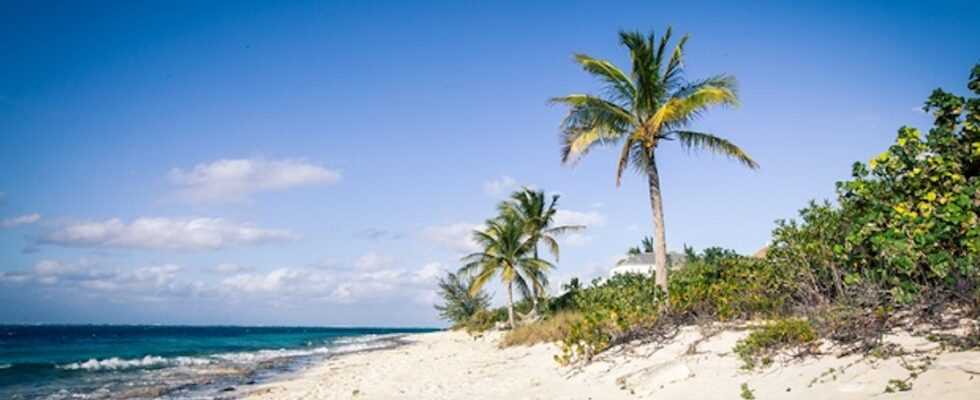On January 15, the Hunga Tonga-Hunga Ha’apai volcano erupted. The explosion and the fallout that followed killed three people and the Tonga archipelago was quickly covered in debris and ash which will probably take months to clean up. That’s not all: the eruption also severed the undersea fiber optic cable that almost the entire country relied on to connect to the internet.
To allow its inhabitants to return to the web quickly, the local authorities have called on a well-known name: Elon Musk and his company SpaceX, whose teams are already on site to try to establish a satellite link with the Starlink network. of American society.
The goal for SpaceX and Starlink is simple: nothing more than getting Tonga’s connectivity back on track while repairs to the undersea cable are complete. The fact remains that the task promises to be difficult: it had indeed taken two weeks to repair a previous break in the cable caused by the anchor of a ship off the archipelago, even though no natural damage resulting from a Volcanic eruption was to be deplored.
Projects in shambles for Starlink
Tonga’s internet outage comes at a bad time for the country, which is also facing a peak in the epidemic that has led to new population containment measures. So schools, banks and shops are closed as the cleanup continues. No one knows what kind of Starlink connectivity SpaceX might be able to provide to the Pacific Islands. The company was indeed not present anywhere in the chain of islands before this attempt.
The attempt to help Tonga recover from a natural disaster comes at an ironic time for SpaceX. Society is itself faced with a very different type of natural disaster. A geomagnetic storm has indeed destroyed or disabled 40 of the 49 recently launched Starlink satellites, showing that even space broadband is not immune to the whims of Mother Nature. It also follows the recent launch of Starlink Premium, a new tier of service that promises to offer subscribers some of the fastest satellite internet access speeds ever, albeit at the steep price of $500 per month.
As it stands, the only active internet connection in Tonga is that used by the local monarchy’s beachfront palace, and adjacent government buildings and resorts, notes the wall street journal. However, this limited connectivity, which is provided by the Digicel group, cannot meet the demand of the whole country. If SpaceX succeeds in quickly setting up a short-term station to bring more of the island chain’s citizens back online, it could prove that the rapidly expanding Starlink satellite network is viable not only in the part of long-term installations, but also as an option during disaster recovery efforts.
Source: ZDNet.com
